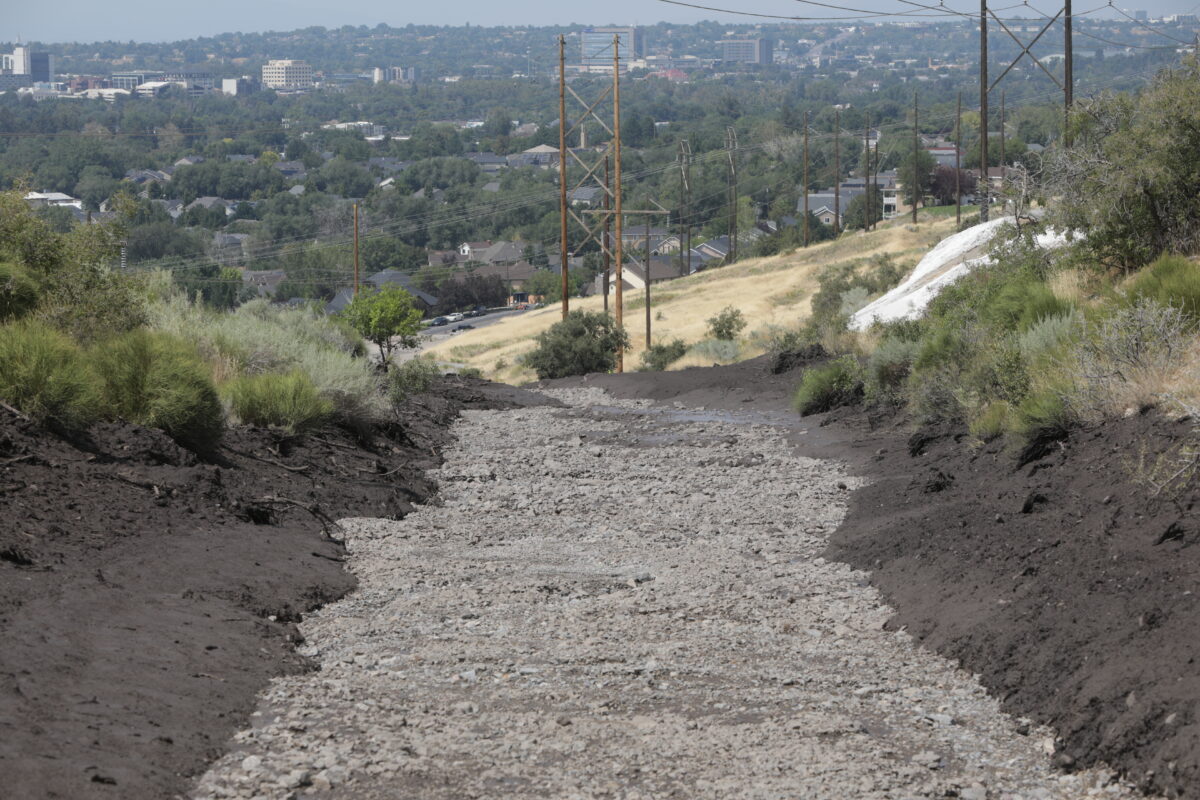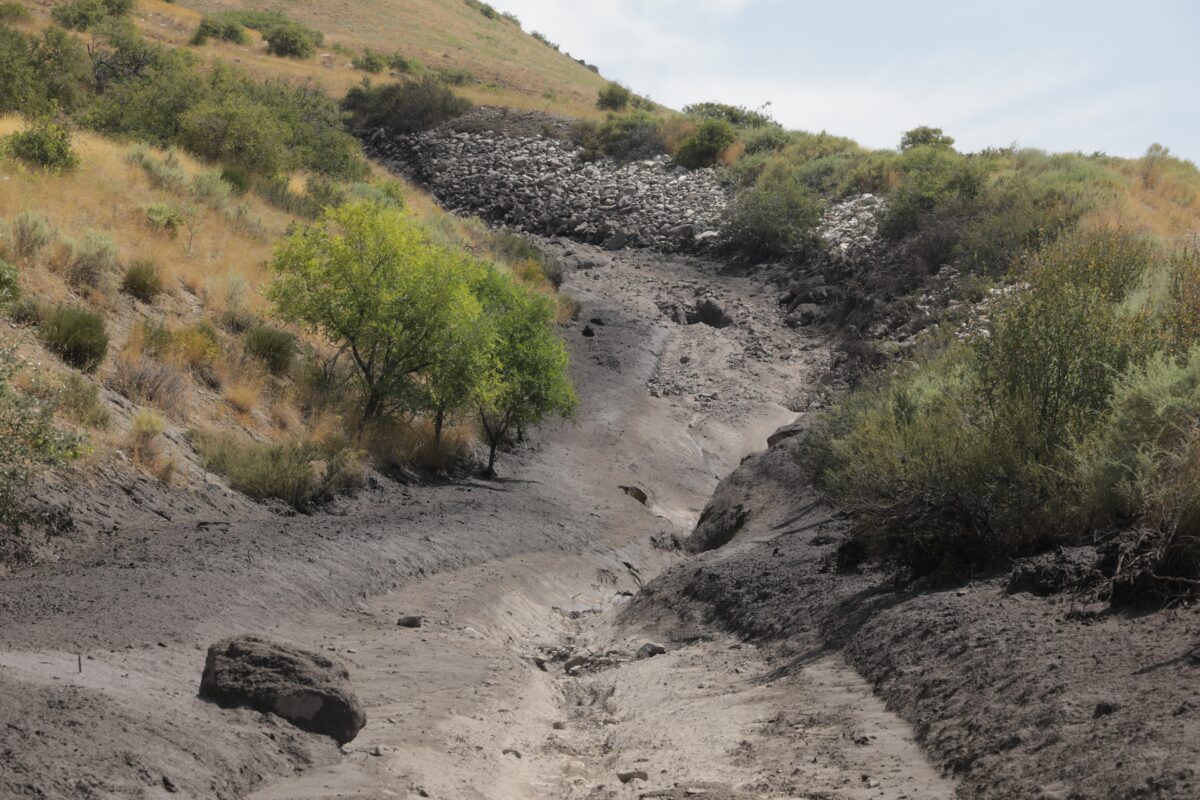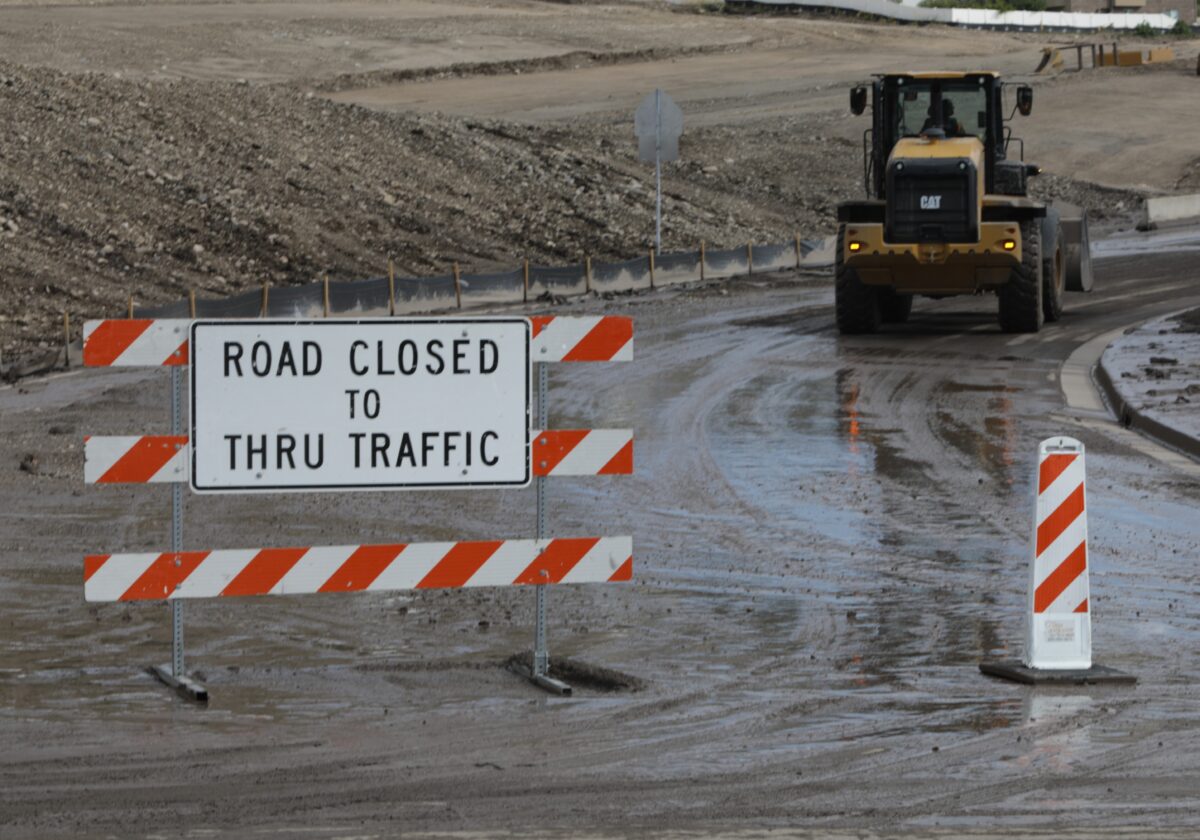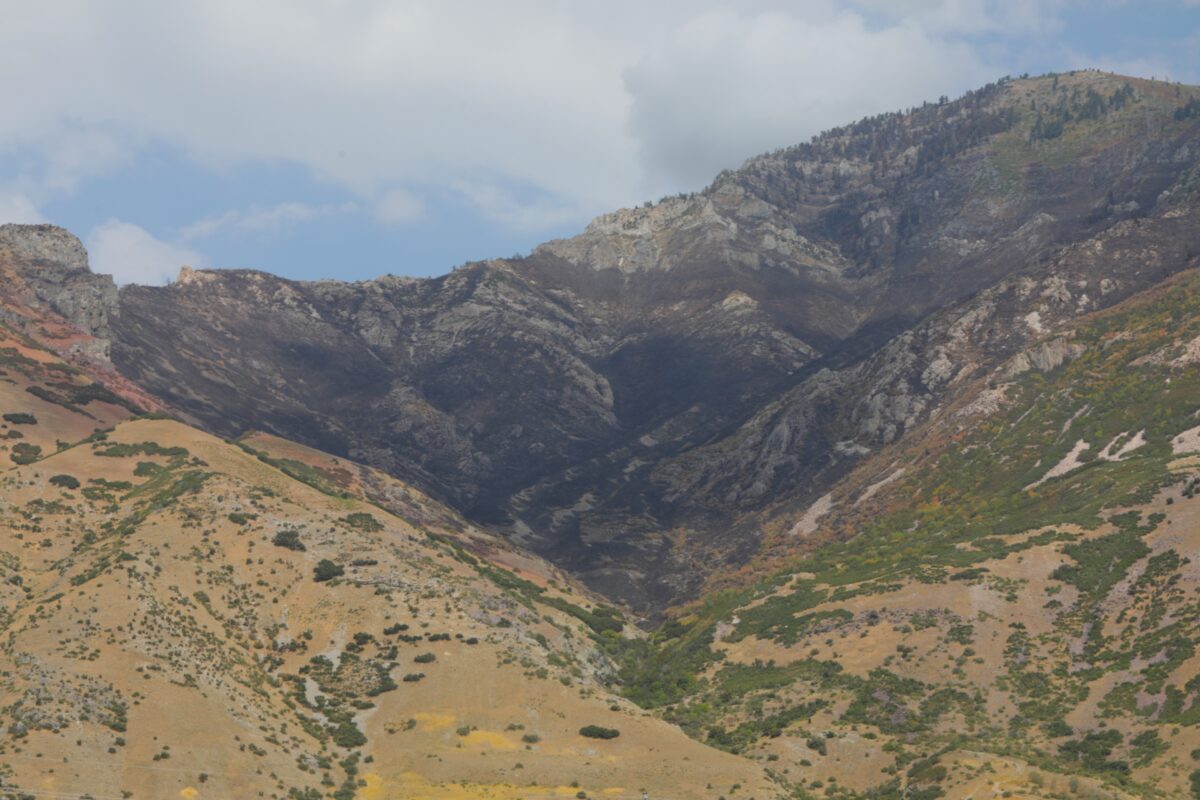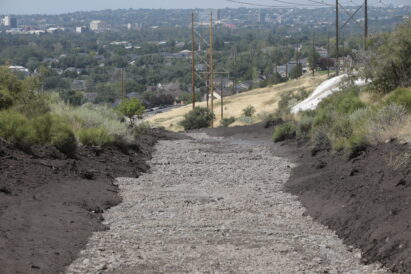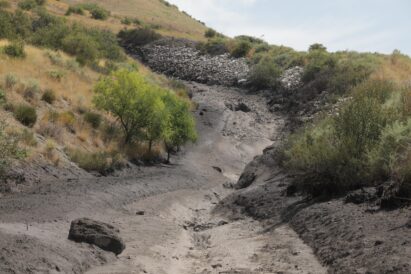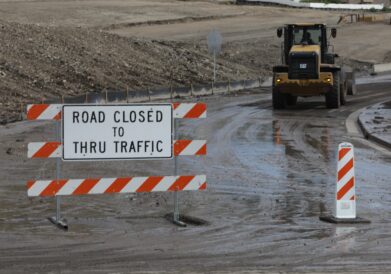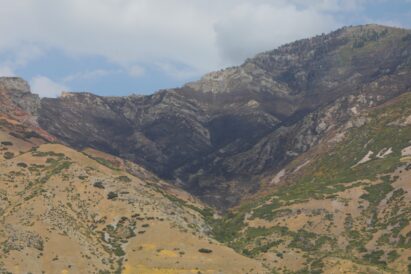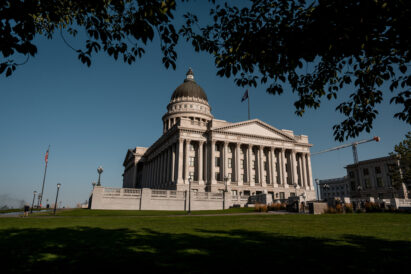Provo taking further precautions beneath Buckley Draw as risk of additional mudslides, flooding remains
- The Buckley Draw mudslide is pictured Thursday, Aug. 28, 2025, in Provo.
- The Buckley Draw mudslide is pictured Thursday, Aug. 28, 2025, in Provo.
- Water flow from the Buckley Draw burn scar closes roads Monday, Sept. 22, 2025, in Provo.
- The burn scar from the Buckley Draw Fire is pictured Wednesday, Aug. 27, 2025, in Provo.
The Buckley Draw burn scar remains at risk of triggering more debris flows in the coming weeks, though Provo officials say they have taken necessary precautions to protect private property.
Since the latest incident Sept. 22, when dirty water flowed past the debris basins and temporarily shut down parts of Nevada Avenues, Slate Canyon Drive and State Street, Provo Public Works cleaned out the two existing debris basins and built a third catch basin.
If another storm similar to the Sept. 22 event occurs, Public Works Director Gordon Haight said the city should be able to handle the debris flow, and any excess muddy water is designed to flow down Slate Canyon Drive and away from a meetinghouse for The Church of Jesus Christ of Latter-day Saints and homes.
“These events will likely keep coming for another few weeks, and then once it gets cold enough, the rain will turn into snow, and then the threat will be past,” Haight said. “We still anticipate being very alert each time any kind of a disturbance with moisture passes, just to make sure we’re ready.”
The Buckley Draw Fire started Aug. 17 and burned hundreds of acres in Buckley Draw Canyon and around Buckley Mountain.
A microburst of rain Aug. 28 triggered a mudslide in the charred canyon, sending debris through an existing debris channel, across a hillside development and damaging a Latter-day Saint meetinghouse on the corner of Nevada Avenue and Slate Canyon Drive.
Haight said a similar debris flow is unlikely to occur again because the first one removed so much material from the ground. The second one, on Sept. 22, was more watery, he said.
“It didn’t have as many boulders or logs and things associated with it, and the next one would even have less,” he said. “Each event diminishes the material that can be picked up by scour or erosion, so it will be more water, and our system can handle that very easily.”
On days such as Tuesday, which saw light rain in the afternoon, crews are up in the area monitoring the situation, Haight said.
The cleanup and preparations have used a significant amount of public works resources in the past weeks. According to Haight, people have worked overtime and on the weekends, and workers have had to be pulled from other maintenance and repair projects.
Those extensive efforts are expected to continue in the coming months.
“There’s still a ton of debris that we’ve got to move up out there,” Haight said. “Even once we pass the flooding season, we have a good four or five months of cleaning up and repairs of the channel and so forth that need to be done.”

